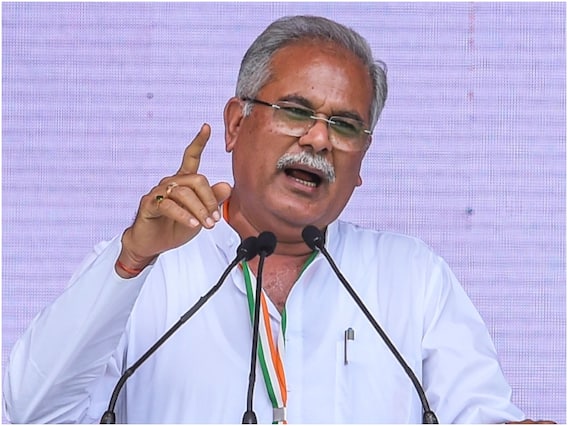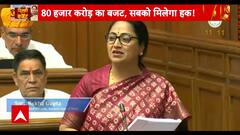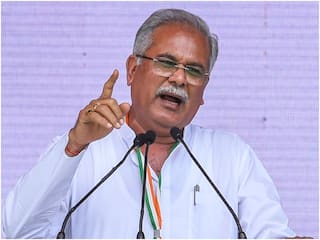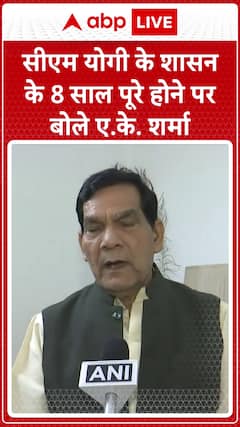Advancing India’s Online Gaming Regulation: One Measure at a Time
Regulations around online gaming in India have become a topic too stretched and way too complex. The list of issues begins with the lack of clear definitions and demarcations between types of games.

By Dharmender Jhamb & Anusha Jain
Online gaming in India is experiencing an exponential rise, transforming from a niche hobby into a mainstream entertainment powerhouse. With the number of gamers reaching 45 crore (450 million) in 2024, India has established itself as the second-largest gaming user base globally, surpassed only by China. The sector has garnered significant attention from both domestic and foreign investors, and it remains a priority for the government.
However, the regulations around online gaming in India have become a topic too stretched and way too complex. The list of issues complicating the sector begins with the lack of clear definitions and demarcations between types of games — such as ‘games of skill’ versus ‘games of chance’ — and the absence of an accepted framework to validate these distinctions. Consequently, online gaming often gets confused with gambling, adding to the regulatory and societal hurdles that need to be addressed. As India navigates this digital frontier, understanding and resolving these issues will be crucial for the industry’s sustainable growth.
Efforts Towards Regulating Online Gaming
A significant effort to streamline the online gaming sector came in April 2023 when the Ministry of Electronics and Information Technology (MeitY) amended the IT rules. These amendments introduced a co-regulatory approach to promote responsible gaming, the rules defined permissible online real-money games and guided the establishment of government-designated Self-Regulatory Bodies (SRBs) to certify these games. However, the Government decided to act as the regulator rather than an industry-led SRB owing to concerns about the neutrality of industry proposals leading to delays in implementation of certification guidelines.
These delays and ambiguity around the lack of uniform guidelines have led to states making their policies and laws. For instance, the Tamil Nadu Online Gaming Authority (TNOGA) has expressed views on proposing limits on play time, and per-day spending limits by players. Whereas states such as Telangana ban all forms of real money-based online gaming and gambling through an amendment to The Telangana Gaming Act. Despite various guidelines emerging from individual states, these lack uniformity, leading to confusion and gaps in enforcement.
Implications of Regulatory Standstill
Delays in the implementation of uniform measures risk not only exposing vulnerable populations to harm but also dampening investor confidence in a sector that is otherwise poised for exponential growth. A lack of regulatory clarity has already raised questions about the future of the industry, particularly concerning the taxation and legality of games like real-money fantasy sports, which are often caught between skill and chance.
Charting a Course for Improvement
Global examples and empirical studies from countries such as South Korea, China, and Vietnam have demonstrated the limited efficacy of over-protective measures, such as restricting time and fund limits, hence, this area requires extreme due diligence. Therefore, any policies and regulations need to be rolled out with strong evidence to ensure their effectiveness. However, the current deadlock over regulations and the lack of an SRB should not delay the imposition of basic safeguards.
|
Types of Measures to regulate Online Gaming |
Implication for Stakeholders (for developers, investors) |
Criticality of Action (for gamers particularly minors) |
Ease of Implementation (for regulators, policy makers) |
|
Restrictive Measures: Implementing complete or partial restrictions |
High |
Low |
Difficult |
|
Mitigative Measures: Reducing risks and harms |
Medium |
High |
Moderate |
|
Preventive Measures: Educating for responsible gaming |
Low |
High |
Easy |
Table 1: Regulatory strategy assessment matrix for online gaming (source: GTB Analysis)
Among the key measures that can be implemented immediately is the creation of an age-based rating system, similar to those in the UK and US, which guides parents about the content of games. In these countries, rating systems like PEGI (Pan European Game Information) and ESRB (Entertainment Software Rating Board) are critical tools that help parents and guardians make informed decisions regarding what games their children can access.
MeitY has already made headway in this regard with the classification of OTT content into five categories (U, U/A 7+, U/A 13+, U/A 16+, A), under the IT Rules 2021, offering a useful precedent. These age-based content ratings have empowered consumers and curbed harmful media consumption without stifling creativity. Applying a similar model to online gaming would create a standardised system that flags adult-rated games and restricts minors from accessing them through stringent authentication measures.
Ensuring Effective Implementation
For effective implementation, it is important to note that the stakes in online gaming are much higher. Therefore, stricter measures for age verification are necessary. One possible solution is to mandate a one-time Aadhaar-enabled OTP verification for A-rated games, which the government can require developers to adhere to. Technical guidelines for the standard operating procedures (SoP) can be deliberated and circulated within the industry to ensure compliance.
The online gaming sector should not be viewed as a monolith that needs to be either fully regulated or fully restricted. While broader regulatory frameworks may take time to materialise, measures like a unified robust age-based rating system would offer immediate protection to minors and allow parents to make informed decisions about their children’s gaming habits. If India wants to continue leading in the digital economy, these essential protective mechanisms should be prioritised, helping the industry evolve responsibly and sustainably.
(Jhamb is a Partner, Jain is the Manager at Grant Thornton Bharat)
Disclaimer: The opinions, beliefs, and views expressed by the various authors and forum participants on this website are personal and do not reflect the opinions, beliefs, and views of ABP Network Pvt. Ltd.
Trending News
Top Headlines









































